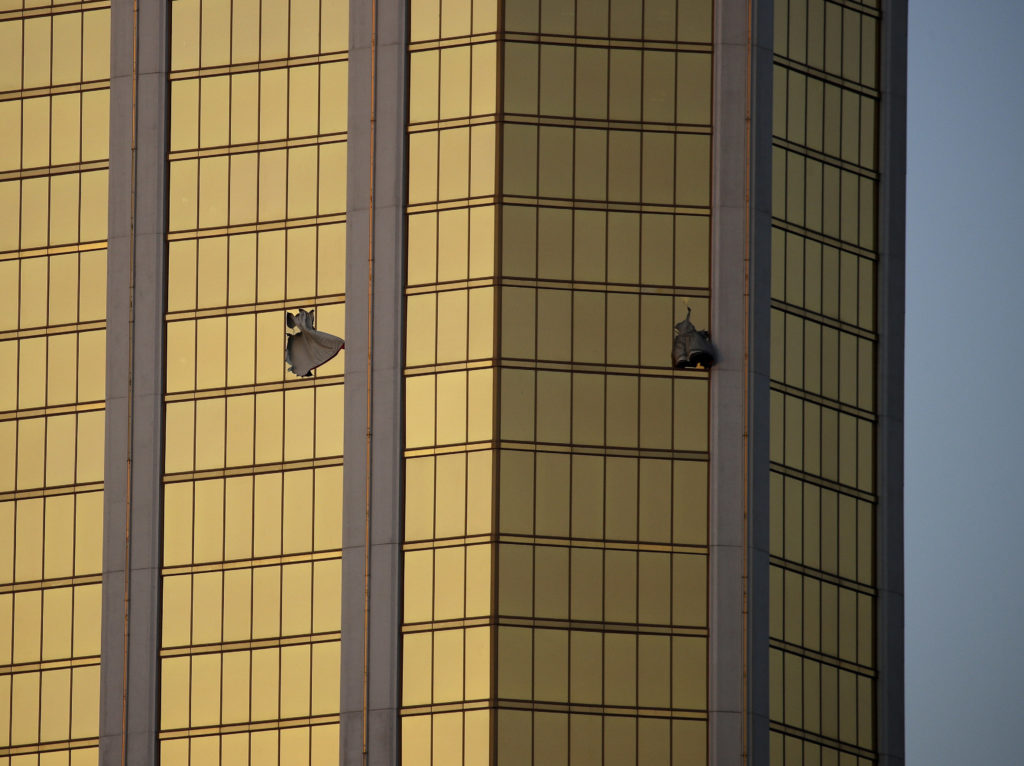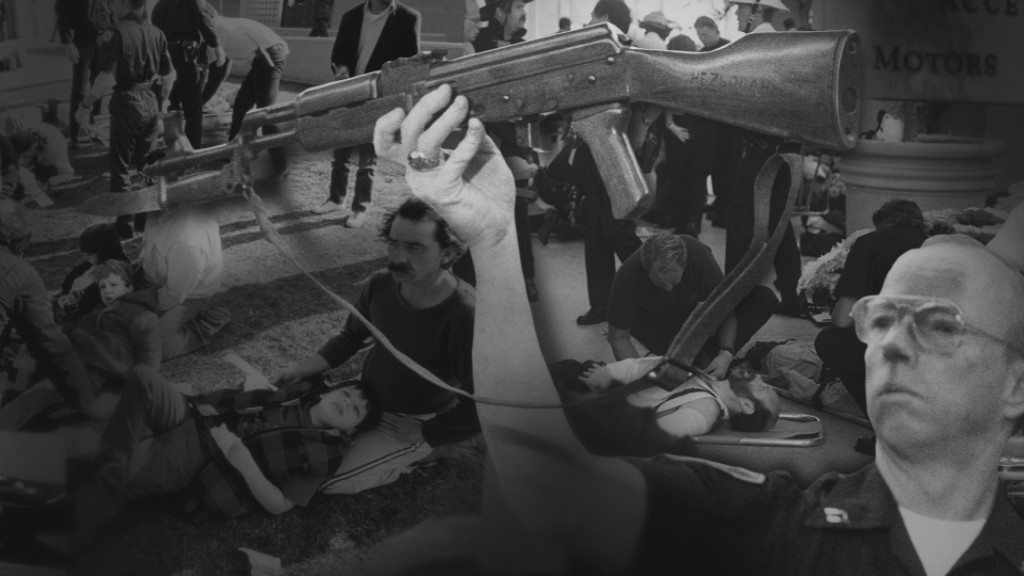NRA Says It Will Back Efforts To Restrict Bump Stocks

October 5, 2017
Share
The National Rifle Association announced on Thursday that bump fire stocks — and other devices designed to allow semi-automatic rifles to function like fully-automatic machine guns — should be reviewed and subjected to tighter restrictions.
The NRA statement, its first since Sunday’s devastating shooting in Las Vegas that left at least 58 dead and hundreds more injured, was issued after it was revealed that gunman Stephen Paddock rigged bump stocks to 12 of the weapons found in the hotel room where he carried out the deadly attack. Bump stocks, which can be bought legally, allow a shooter to fire a semi-automatic weapon in rapid succession, as they would with a more heavily-restricted automatic weapon.
“Despite the fact that the Obama administration approved the sale of bump fire stocks on at least two occasions, the National Rifle Association is calling on the Bureau of Alcohol, Tobacco, Firearms and Explosives … to immediately review whether these devices comply with federal law,” according to the statement by NRA CEO Wayne LaPierre and Chris Cox, executive director of the NRA Institute for Legislative Action.
In its statement, the NRA said the government should, “immediately review whether these devices comply with federal law.” It added, “The NRA believes that devices designed to allow semiautomatic rifles to function like fully-automatic rifles should be subject to additional regulations.”
The announcement marks a sharp break from the group’s response in the wake of other mass shootings. As FRONTLINE reported in the 2015 documentary Gunned Down: The Power of the NRA, the NRA has fiercely resisted more stringent gun control policy, exercising a sizeable operating budget and considerable influence on lawmakers in Congress. In the first two quarters of 2017, the group spent $3.2 million to advance its policy agenda — already more than what it spent for all of 2016, according to Open Secrets, which tracks political spending and lobbying data.
“They are the best equipped, most feared special interest group on Capitol Hill. They are sort of the gold standard in how to do lobbying work in Washington,” Washington Post reporter Ed O’Keefe told FRONTLINE in the 2015 documentary.
In the wake of the 2012 shooting in Newtown, Connecticut, for example, the NRA and other gun-rights organizations initiated a massive lobbying effort at the state and federal level to beat back restrictions on gun ownership. A FRONTLINE examination of state legislation and federal lobbying expenditures found that gun-rights groups outspent gun-control backers by nearly $10 million in the year following the shooting.
Across the country, states passed more than twice as many laws expanding gun owners’ rights than they did gun-control measures.
Just five years later, the country is once again reeling, this time from the deadliest mass shooting in its history. While the NRA signaled support for new restrictions on bump stocks, it said it remained opposed to further action on gun control.
“Unfortunately, the first response from some politicians has been to call for more gun control,” Thursday’s NRA statement read. “Banning guns from law-abiding Americans based on the criminal act of a madman will do nothing to prevent future attacks. This is a fact that has been proven time and again in countries across the world.”

Related Documentaries
Latest Documentaries
Related Stories
Related Stories
Policies
Teacher Center
Funding for FRONTLINE is provided through the support of PBS viewers and by the Corporation for Public Broadcasting. Additional funding is provided by the Abrams Foundation; Park Foundation; the John D. and Catherine T. MacArthur Foundation; and the FRONTLINE Journalism Fund with major support from Jon and Jo Ann Hagler on behalf of the Jon L. Hagler Foundation, and additional support from Koo and Patricia Yuen. FRONTLINE is a registered trademark of WGBH Educational Foundation. Web Site Copyright ©1995-2025 WGBH Educational Foundation. PBS is a 501(c)(3) not-for-profit organization.



















